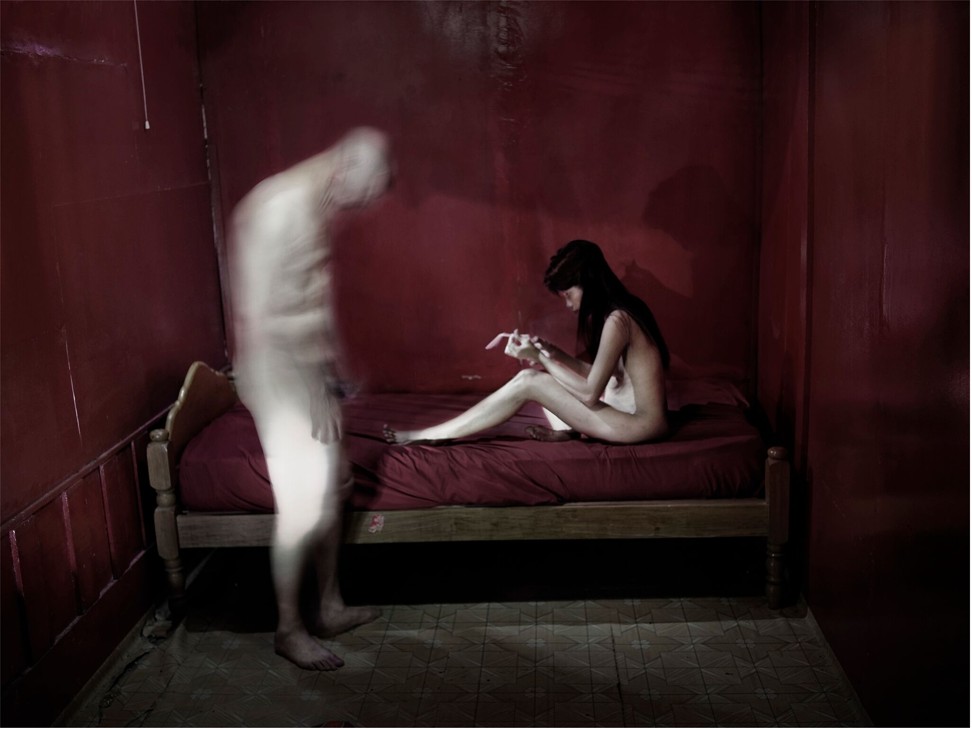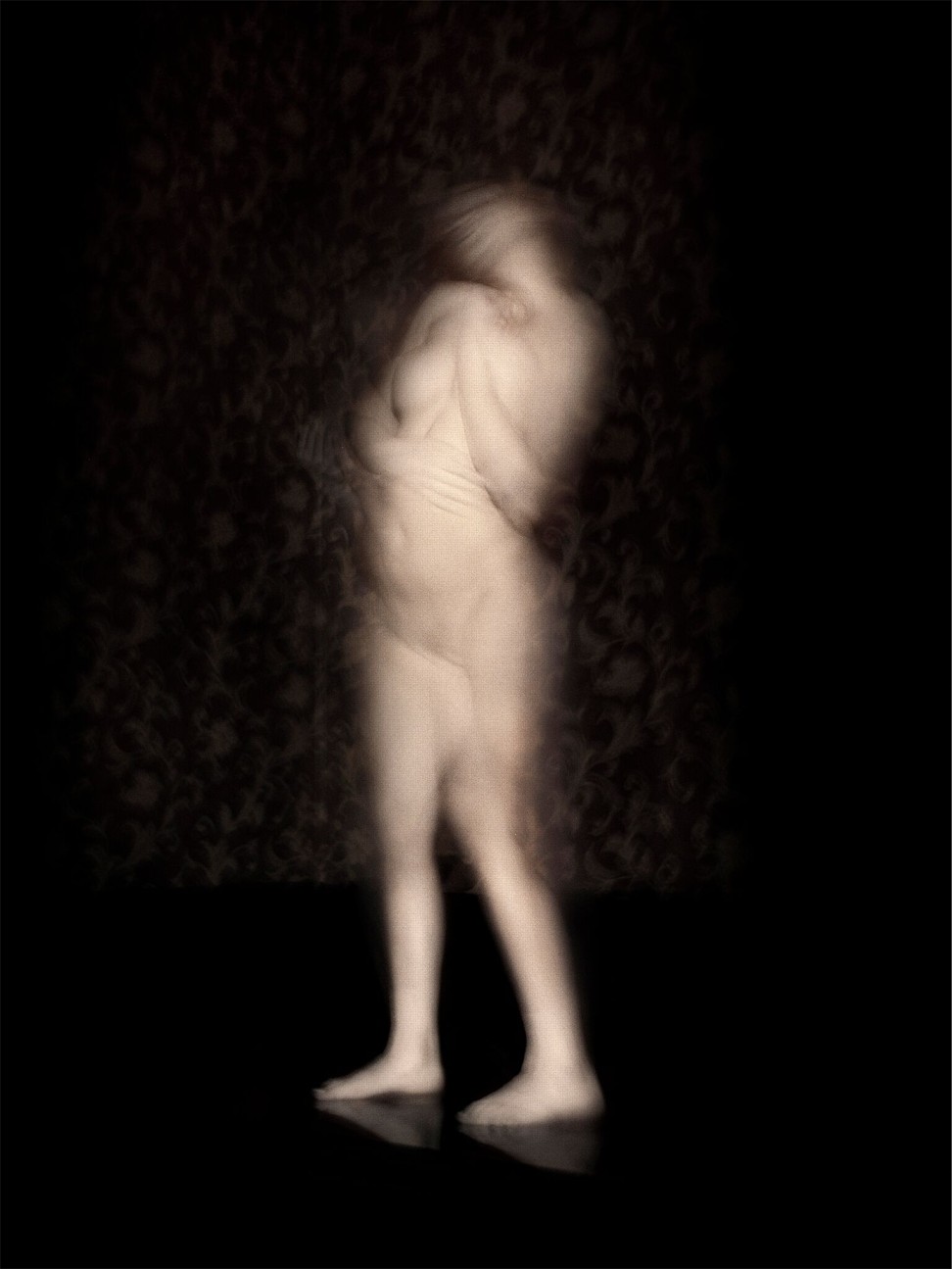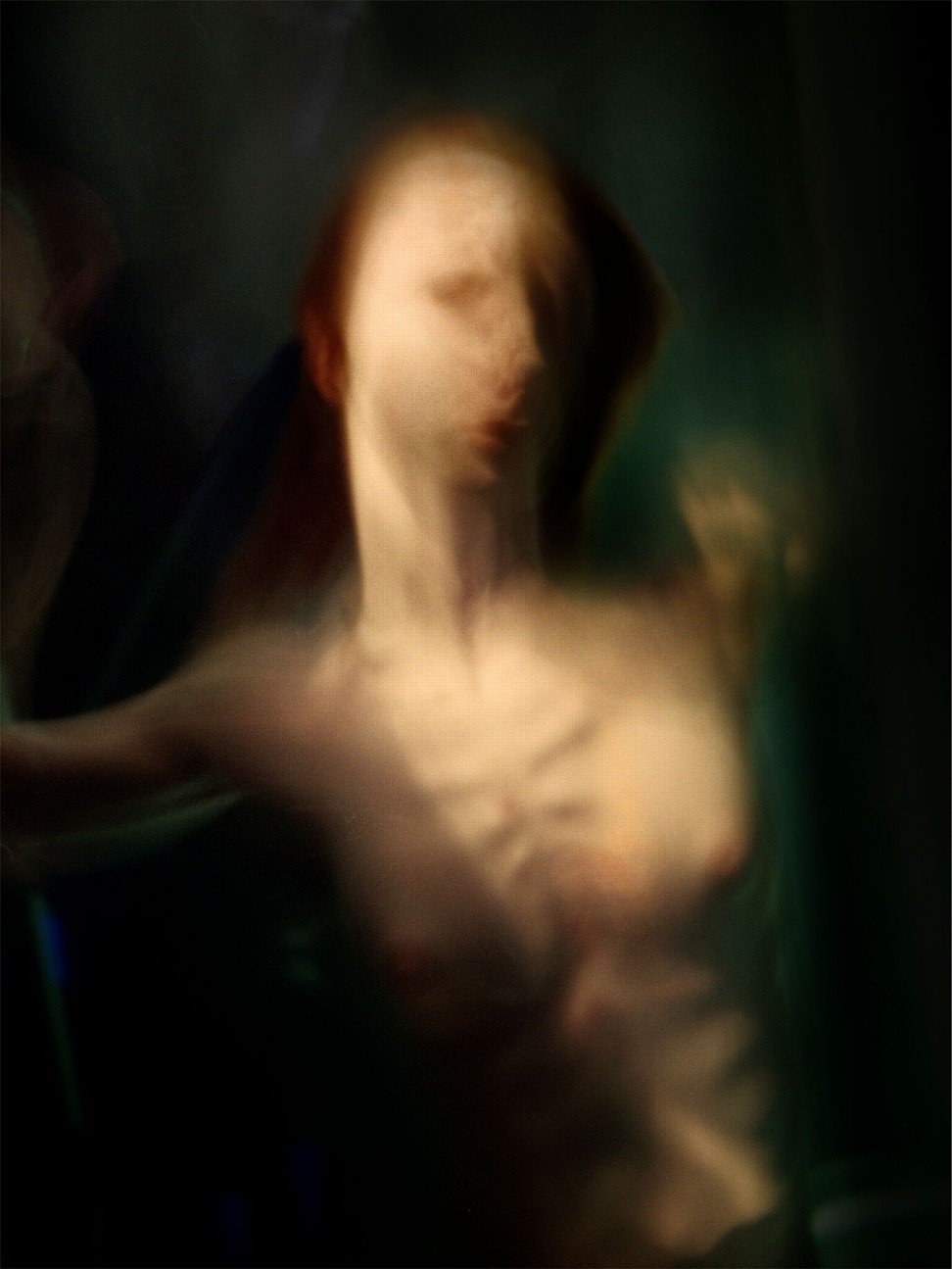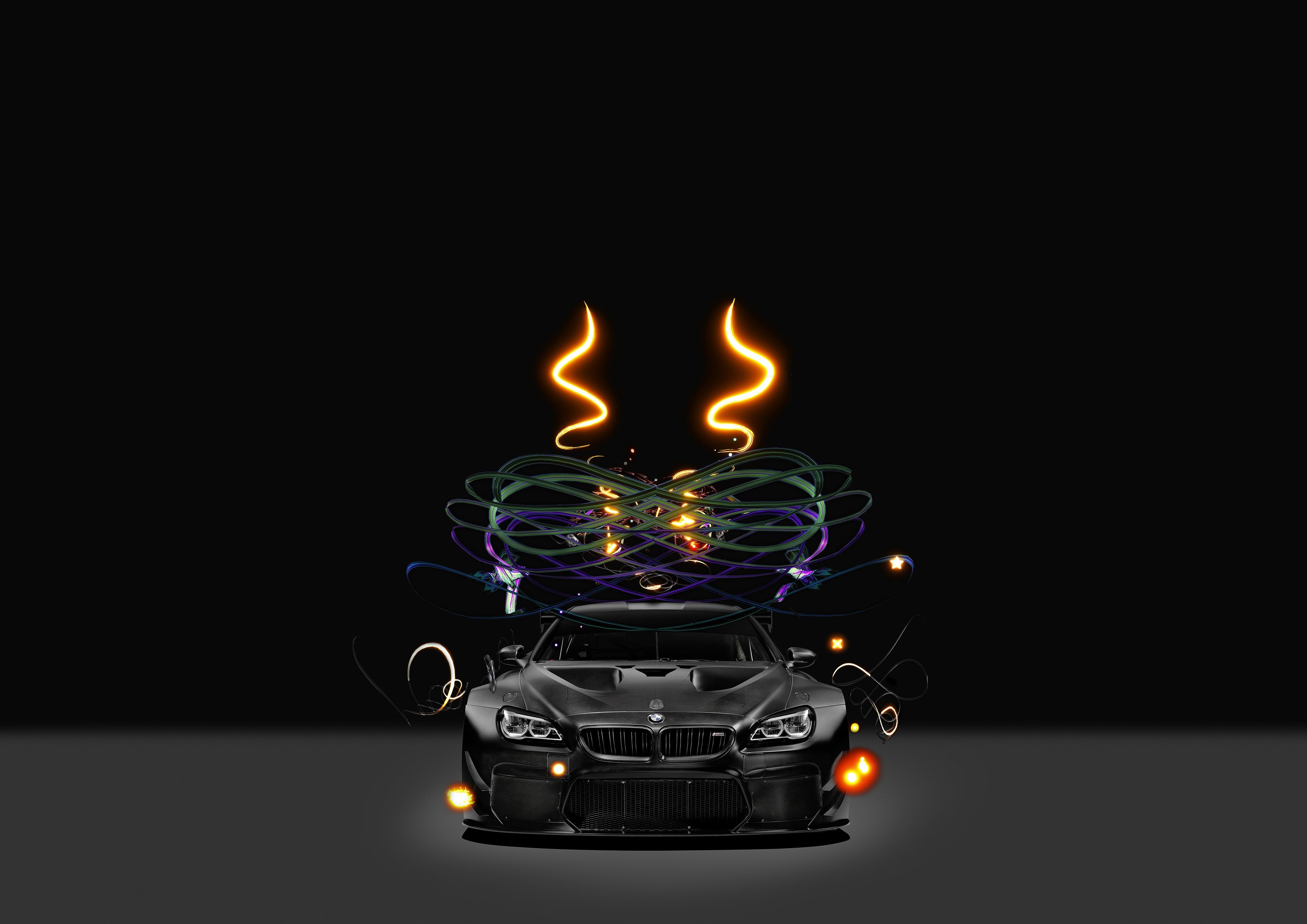Antoine D’Agata’s ‘Contamination’ exhibition in Hong Kong reflects French photographer’s subversive side

If art is the imitation of nature, as Plato suggested, the work of photographer-film director Antoine D’Agata reflects human nature at its most insalubrious.
Born in Marseille in 1961, D’Agata joined one of the most prestigious photography groups in the world, Magnum Photos, in 2004. In the same year, D’Agata shot his first short film Le Ventre du Monde (The World’s Belly), which led to his long feature film, Aka Ana, shot in Tokyo in 2006.
D’Agata did not have a typical upbringing, spending his teenage years in violent combat for political militancy and was fascinated by those he saw living on the margins of society – he came into contact with prostitutes, junkies and thugs.
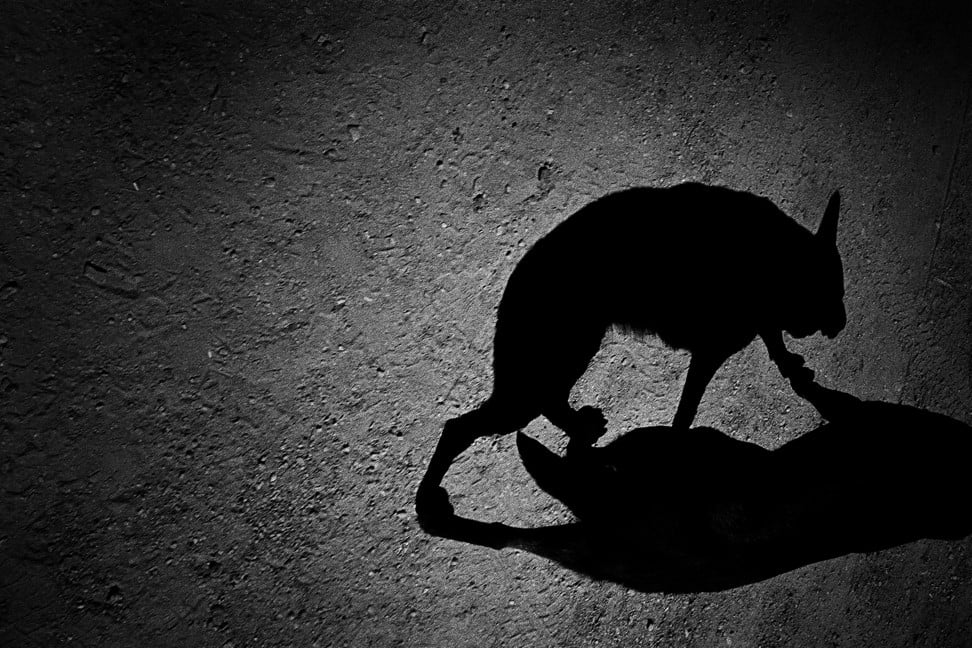
He isn’t averse to admitting that narcotic substances have long been active principles of reinventing his path.
“My lucidity is narcotic, and in my intimate mental disorder, in that space where the brutal instincts of survival reign, I slowly found the strength to appropriate the world,” D’Agata says.
Sharing his thoughts on how his style of photography and storytelling has evolved, D’Agata says he has always been obsessed with the “patient acquisition of personal methods for experiencing life or generating new type of narrative strategies”. He travelled to Central America in 1983, when he was 22 years old, to “distant revolutions, in the search of self-destruction energy”, and arrived in New York in the early 1990s where he enrolled at the International Center of Photography to be taught by icons such as Larry Clark and Nan Goldin.
My own photography reflects my necessity for losing myself, violating all rules, and generating my own way to understand the world
Knowing he has been tutored by these formidable photographers doesn’t come as a surprise when you see D’Agata’s work. Often described as dark and disturbing, this is simply life to D’Agata, where his images reflect “the economic violence that devours the world but remains nameless”. To do so, he compromises himself physiologically, immersing himself into a seemingly invisible part of the world that is cursed. “I take the side of evil and embrace dissatisfaction as the only truth in the infinite movement of desire. I believe that action prevails, as an excessive art form that opens on life itself, sacrificing the comfort of oblivion. I use the beauty as a lethal strategy against the logics and mechanics of Spectacle.”
“Contamination” is a word the film director is fond of and is also the title of his exhibition. The Frenchman has often referred to his images as a way to “contaminate” photography the way we know it. It is meant to break away from conformity of pre-existing assumptions and the conventional ideology.
“Actual photography amazes me by its conformism inside a market that formats it to be harmless,” he says. “I feel isolated in my attempt to endorse through insane gestures the legitimacy of an autonomous political position. Contemporary human beings, hypnotised by the inexorable flow of the venomous myths they generate themselves, get lost in the fatal contemplation of their own servitude.”
D’Agata breaks away from the mediocrity that pervades the mainstream media. “Unlimited sequences of impoverished images flood the virtual social space. Superficiality and accumulation merge into a complex form of alienation that takes shape in a more artificial flux of consciousness, in a claustrophobic and narcissist community of thought. The boundaries between fiction and pure existence fade.”
He believes that social media provokes the permanent dissolution of senses and reason.
“Most people find in photography an antidote to a process of dehumanisation that takes the seducing appearance of sophisticated social communication. But they are unaware that photography has never been about acquiring a sophisticated gaze or visual language. Photography is the language of experience and sensations. It is a tool that can help us to pursue a more profound, a more obscure way to feel and to exist. Contemporary photography speaks of confusion to the point of exhaustion. And my own photography reflects my necessity for losing myself, violating all rules, and generating my own way to understand the world and define a position inside. In this process, the act of taking photographs accepts no compromise. It involves pushing the physical limits of life, and relentlessly and desperately trying to possess the world through images.”
“Contamination” by Antoine D’Agata opens at Charbon Art Space, 44 Wong Chuk Hang Rd on March 29 at 6pm, in the presence of the artist and curator. The exhibition runs until May 25.
Want more stories like this? Sign up here. Follow STYLE on Facebook, Instagram and Twitter

‘Contamination’ reflects the raw, intense and often gripping moods and emotions that come with figures of the ‘underworld’
